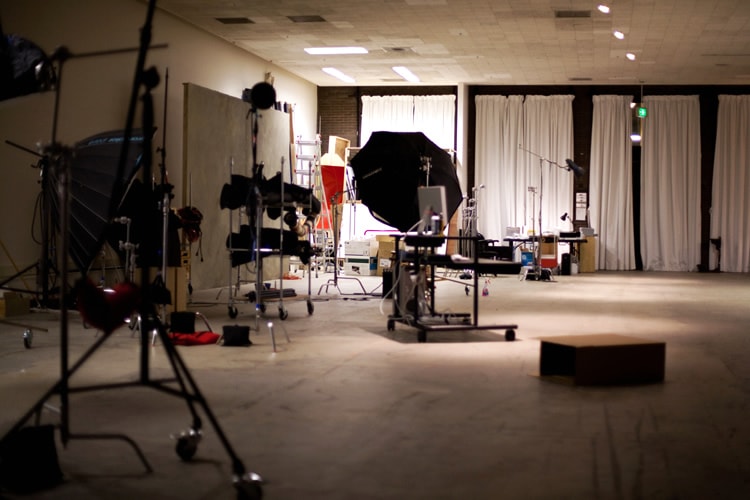The Importance of Light – Why Digital Isn’t a Substitute for Knowledge
Of all the crucial factors in photography, nothing is more important than light. Without light (whether natural or artificial) there is no photograph! The central tenants of photography – ISO, shutter speed and aperture are all focused around controlling the amount of light that enters the camera.
When I first started studying photography (back in the middle ages…), everything was still shot on film and the only way of seeing our results was either waiting for the film to be developed, or using a Polaroid back on cameras such as Hasselblads to give a rough approximation. And Polaroid backs hardly gave the most accurate results.
So it was imperative that we understood light properly in order to achieve good photographs.

photo by Geoff Stearns
Natural & Studio Lighting
Light seems like such a simple concept when it’s outside, because natural light is always around us. But most of us don’t automatically know the best times of day to shoot, when the light is at the right angle and what different types of lighting will do to our images. Taking this that step further into the studio requires an understanding of natural light, so that we can use artificial light to create similar results.
I don’t think I know one photographer who grew up using film who didn’t go through a steep learning curve with studio lighting! It takes practice and trial and error to get things perfect.
For me, the goal with studio lighting is to get your light to look as naturalistic as possible. If you look at 90% of great studio photography, the same will be true. (Of course, some photographers deliberately choose an obviously ‘lit’ style, but the subtleties of the lighting will still be evident.) But of course to get light looking natural requires an in-depth knowledge of lighting and how it can be used to best effect.
Drawbacks of Digital Photography
In the last six months I’ve been shooting headshots for a company who’d had a re-brand shortly before I met one of their directors through a networking group. He asked me if I’d take over doing their headshots in the future, but requested that I copy the existing style. Not a problem, thought I, until I looked at their website. Now, every photographer has their own style and I respect that. Whoever had shot the photographs had engaged wonderfully with the subjects, all of whom looked relaxed and happy. But the lighting was shoddy. I know that sounds harsh, but there was no other way to describe it.
The photos had been turned into black and white, which was a saving grace, but there were unlit areas, which clearly weren’t deliberate shadows. This was lighting by someone who’d never learned how to light.
This is one of the great drawbacks of digital photography. I’d be prepared to bet almost anything on the fact that the above photographer learned to shoot on digital technology. I’ve taught a number of students over the years and it’s a commonly held misconception that you don’t need to learn the basics like lighting, because you can just correct it afterwards in an editing software like Photoshop.
Nowadays there are so many corrections, filters and adjustments available that people seem to believe that there’s no need to understand light at all.
But the simple truth is that even with all these adjustments, you can’t correct bad lighting as easily as all that. Sure, you could cut a person out of a background and put them on a new plain white one, but by doing that you’ll take away all the natural shadows and nuances that appear in a well-lit shot. Similarly, shooting outside at the wrong time of day or with the wrong type of light will make your subjects look a certain way and there really isn’t anything you can do to change that.
So the point I’m making is that yes, digital technology and all it entails is clever. So clever in fact that even I, the most reticent to adopt it in the first place, am often blown away by how much it can achieve.
But all the cleverness in the world doesn’t make up for knowing the basics and understanding light. Because it’s only by understanding light that you can develop your own style and uniqueness.
What do you think? Please share your own tips & tricks on Twitter or Facebook!
